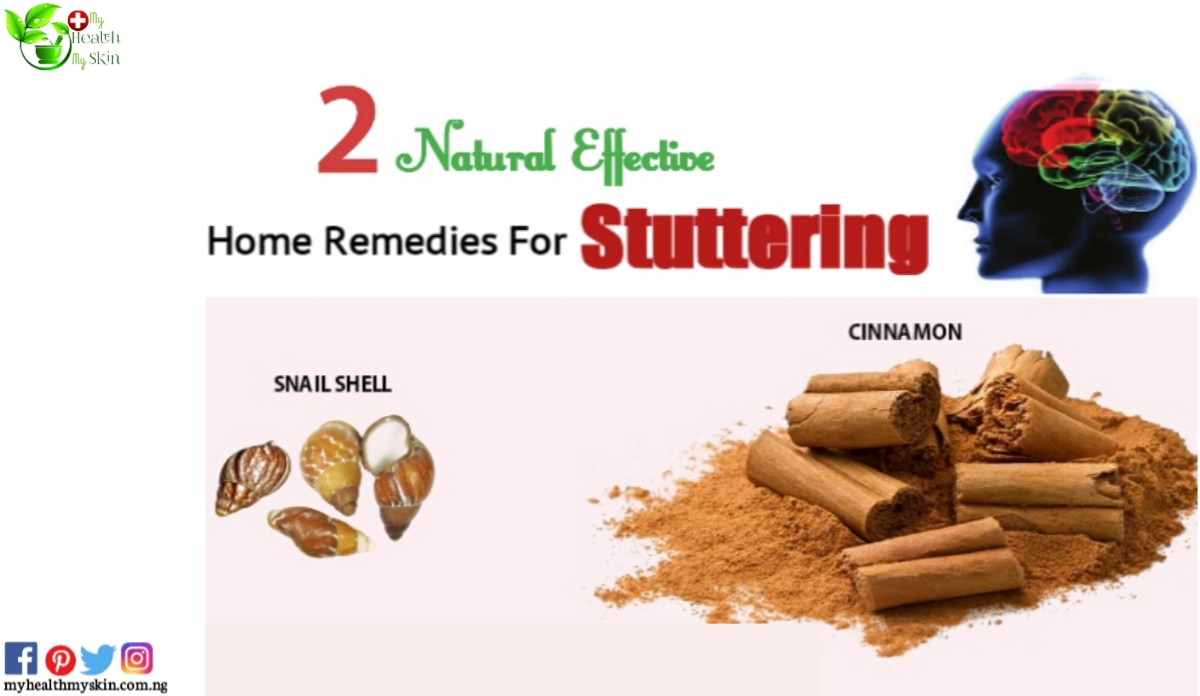Stuttering is oftentimes referred to as stammering, a speech disorder that affects the flow of speech and is characterized by difficulties in initiating certain syllables without any organic cause of the disorder has been detected.
This speech disorder may be accompanied by exertion behaviors, such as rapid eye blinks or tremors of the lips.
A person who stutters exactly knows what he or she would like to say but has trouble producing a normal flow of speech.
Stammering can make it difficult to communicate with other people, which generally affects a person’s quality of life and also interpersonal relationships.
Stuttering can as well negatively influence job performance and opportunities, and treatment may come at a high financial cost.
It is estimated that the normal speed of speech is around 90 words per minute.
Influence of pronunciation is impaired the origins of stammering are multiple: heredity, nervous system involvement, emotional trauma, lack of self-confidence.
In general, this speech disorder manifests itself in different ways depending on its typology. speech pathologists classify the disorder into four categories:
- Clonic stammering: Difficulty or inability to pronounce certain syllables.
- Tonic stammering: Blocking speech on a word with repetition of a e syllable or sound.
- The tonic-clonic stammering: Association of stammering and toned stammering.
- Stammering by inhibition: Moment of absence before being able to pronounce a word. On a physical level, stuttering can result in facial grimacing or twitches.
Symptoms of stuttering can vary greatly throughout a person’s day. In general, speaking before a group or talking on the telephone can make a person’s stutterin more severe, while singing, reading, or speaking in unison can temporarily reduce stuttering.
Stuttering Symptoms and Signs
Signs and symptoms include:
- Difficulty starting a word,
phrase or sentence - Drolonging a word or sounds within a word
- Repetition of a sound, syllable or word
- Tightness, or movement of the face, excess tension, or upper body to produce a speech.
Other associated symptoms and signs can include:
- Anxiety about talking
- Inability to effectively communicate
- Clenching of the fists
- Facial tics, or head jerks.
Who stammers?
Roughly 3 million Americans stammers. Stammering affects people of all ages. It happens most usually in children between the ages of 2 and 6 as they are developing their language skills.
Approximately 5 to 10 percent of all children will stutter for some time in their life, lasting from a some weeks to several months. Boys are 2 to 3 times as likely to stutter as girls and as they grow older this gender difference increases; the number of boys that continue to stutter is 3 to 4 times greater than the number of girls.
Most children outgrow stuttering. Approximately 75 percent of children recover from stuttering. The remaining 25 percent who continue to stutter, stuttering may persist as a lifelong communication problem.
Natural remedy for stuttering
Here are some simple natural home remedies you can use in treating your stammering.
Recipe 1:
- Snail shell
How to make?
Regularly take water to drink with the shell, do it to the full satisfaction
Recipe 2:
- Cinnamon
Among herbal remedies for cinnamon stuttering plays a crucial role, it has the ability to strengthen the organs responsible for speech and is also very useful for making language well. it makes it easy to pronounce words, and for people with stuttering, chew a piece of cinnamon a few hours each day before going to bed at night.







